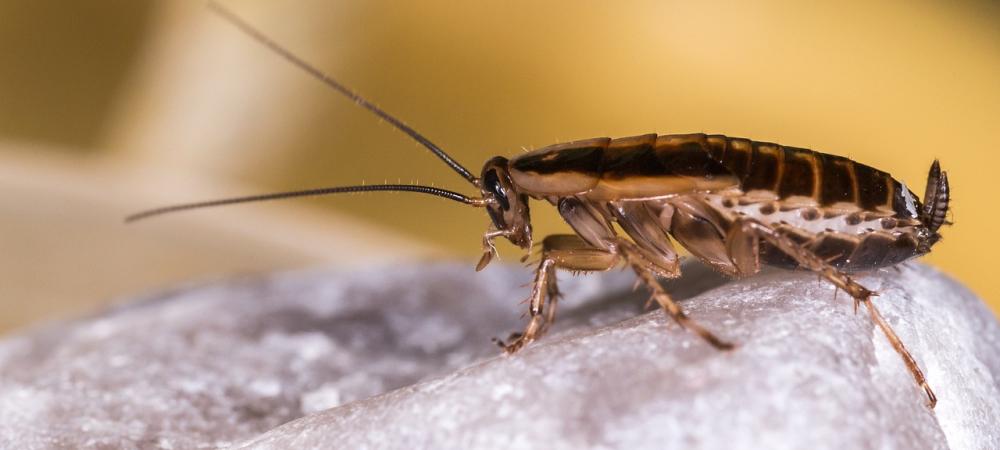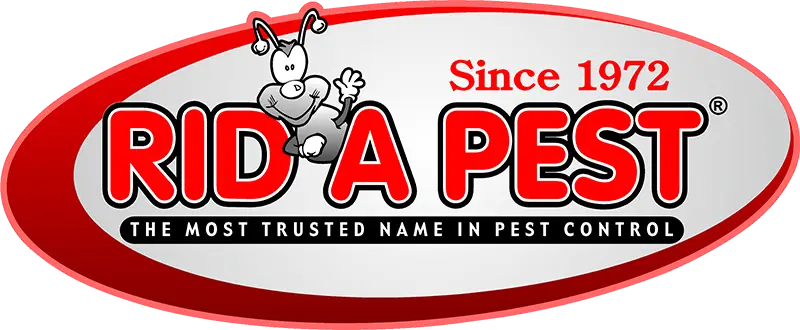What Attracts Roaches?

Table of Contents
Roaches are among the most persistent household pests, and once they’ve made their way inside, they’re difficult to eliminate without serious intervention. But what exactly draws them in? Understanding what attracts roaches can help you avoid infestations and keep your home off their radar.
In this guide, we’ll cover the top factors that lure roaches indoors, how they get inside, what they’re looking for, and why their presence poses a bigger risk than you might think.
What Attracts Cockroaches?
Roaches are attracted to three main things: food, moisture, and shelter. Homes that offer any combination of these—especially in kitchens, bathrooms, or cluttered storage areas—can easily become targets.
Here’s what commonly draws roaches inside:
- Food sources: Crumbs, grease, spilled drinks, pet food, and even cardboard or garbage all appeal to roaches.
- Water and humidity: Roaches thrive in damp environments and are often found near leaky pipes, wet sponges, or condensation under appliances.
- Warmth and hiding spots: Cockroaches prefer dark, undisturbed spaces like under sinks, behind appliances, inside cabinets, or in basements and crawl spaces.
Even a small amount of residue or moisture can be enough to attract them. That’s why deep cleaning and sealing up entry points are so important in prevention.
Where Do Roaches Come From?
Roaches don’t just appear out of nowhere—they enter from the outside or hitchhike their way in. Common sources include:
- Cracks around doors, windows, and foundation walls
- Plumbing penetrations and utility lines
- Sewer pipes and drains
- Grocery bags, boxes, and used appliances
- Neighboring units (in multi-family homes or apartments)
Once inside, they look for places that are dark, warm, and humid—such as kitchens, bathrooms, basements, and crawl spaces. German cockroaches, in particular, can thrive indoors year-round once they establish a nest.
What Do Roaches Eat?
Roaches are opportunistic scavengers with incredibly broad diets. They’re drawn to nearly any organic material, but especially:
- Crumbs, food scraps, and spilled grease
- Unsealed pet food or dirty dishes left overnight
- Cardboard, glue, and paper products
- Rotting fruit or vegetables in trash cans
- Soap residue or toothpaste (in bathrooms)
Even trace amounts of food can sustain a roach population. That’s why proper storage and cleaning routines are key to keeping them away.
How Do Roaches Get Into Homes?
Roaches are small, flat, and sneaky, making it easy for them to find entry points. They commonly slip inside through:
- Gaps under doors and torn window screens
- Cracks in siding or foundation
- Openings around plumbing under sinks or behind appliances
- Vents, drains, or pipe chases
- Luggage, backpacks, or secondhand items
Once they’re in, they hide behind walls, under cabinets, and in tight spaces where they can remain unnoticed.
Are Roaches Dangerous?
Yes—roaches are more than just gross. They pose genuine health risks to your family. Here’s why:
- Allergy triggers: Roach droppings, saliva, and body parts can worsen asthma and allergies, especially in children.
- Contamination: Roaches can carry bacteria like Salmonella, E. coli, and Staphylococcus, spreading them across food prep surfaces and utensils.
- Odor: A large infestation can produce a persistent, unpleasant smell from pheromones and waste.
Because they breed quickly and often hide in hard-to-reach areas, a few roaches can become a major issue in a short amount of time.
How to Prevent Roaches in the First Place
Roach prevention starts with making your home less attractive to them. Follow these practical steps:
- Seal cracks and entry points around windows, doors, and baseboards
- Store food in airtight containers and clean up crumbs immediately
- Take out trash regularly and keep bins clean and covered
- Don’t leave pet food out overnight
- Fix leaky faucets or areas with excess moisture
- Declutter storage areas and avoid leaving cardboard around
If you’ve already seen roaches—especially during the day—it’s a sign there could be a larger infestation behind the walls.
When to Contact a Professional
DIY methods may help with minor issues, but larger or recurring infestations often require professional help. Our pest services target hidden nests and entry points using proven, family-safe treatments. A licensed technician can:
- Inspect your home and identify the roach species
- Apply targeted interior and exterior treatments
- Recommend long-term prevention tailored to your property
Roaches don’t need much to settle in—just food, moisture, and access. Understanding what attracts them is the first step to keeping them out. If you’re dealing with an infestation or want to make sure your home stays roach-free, contact us today to schedule a professional inspection.
